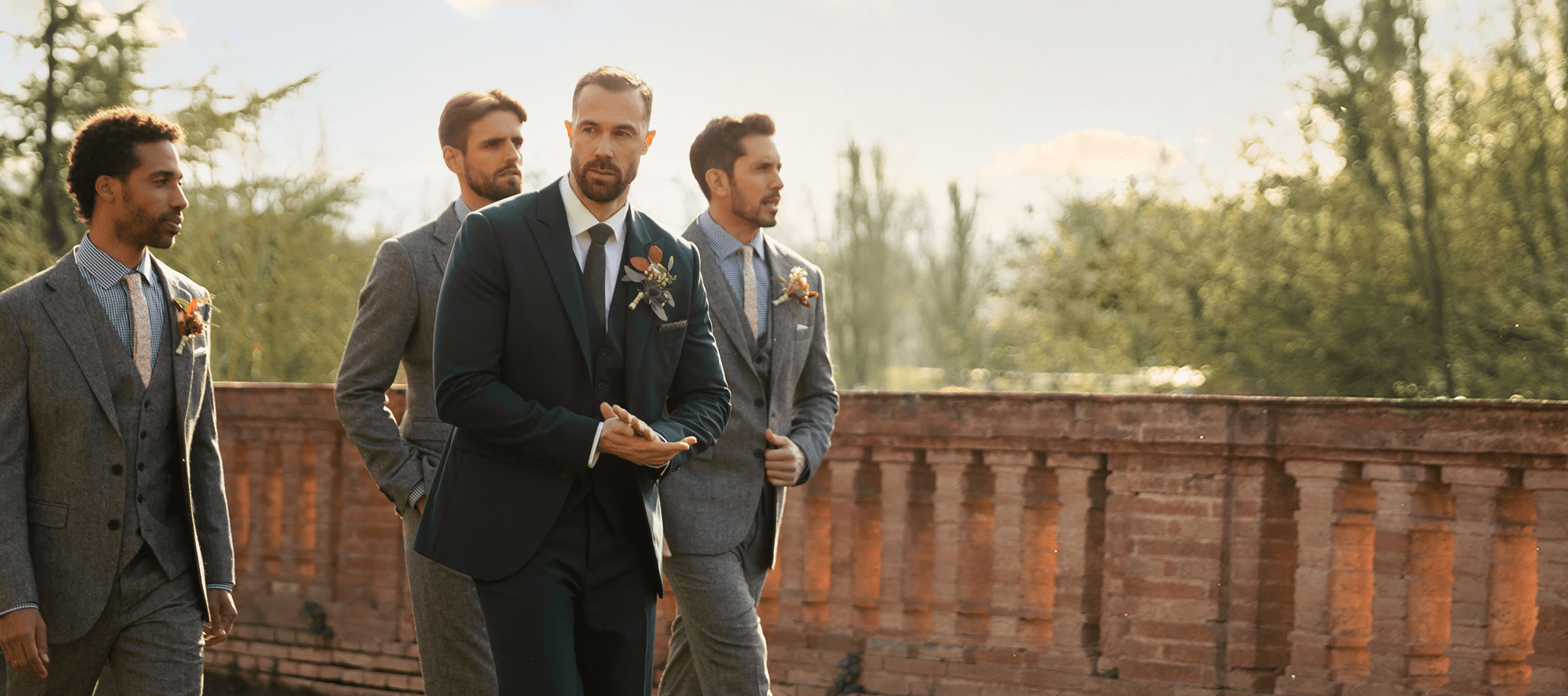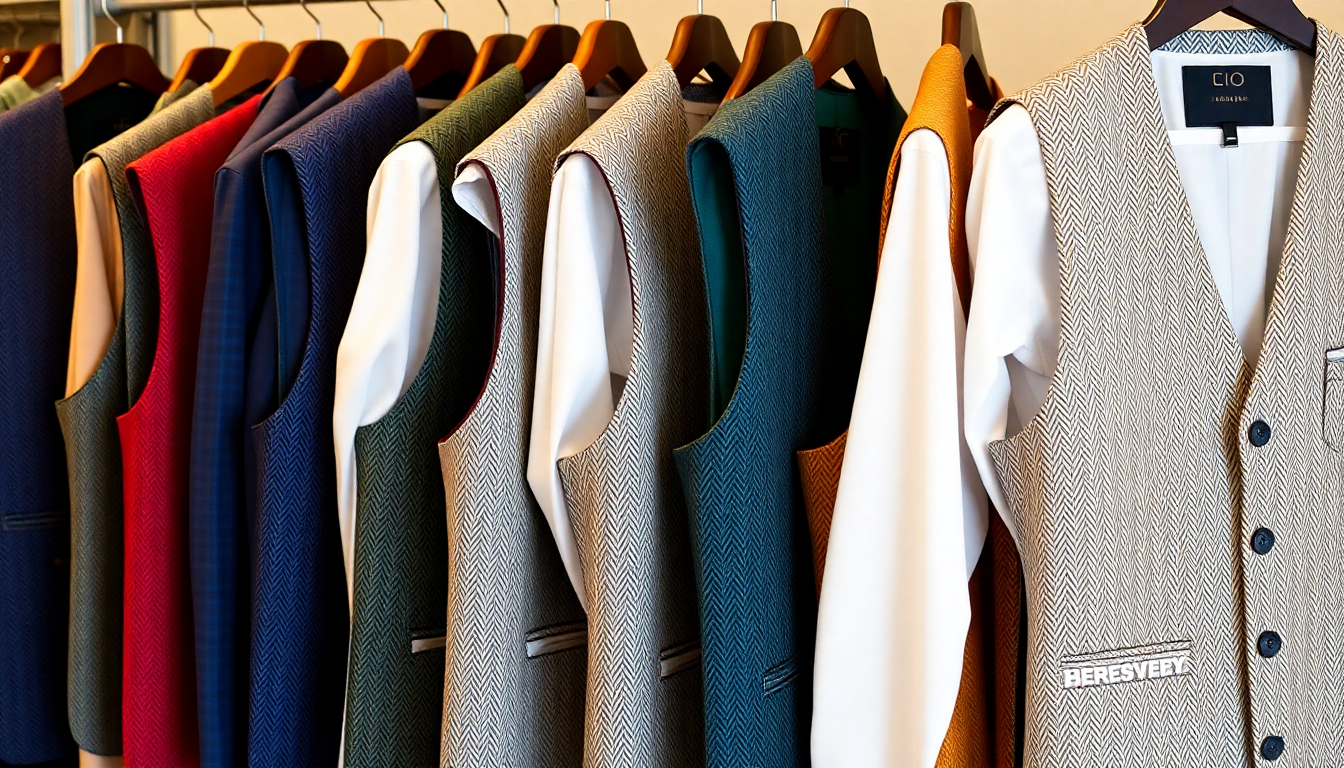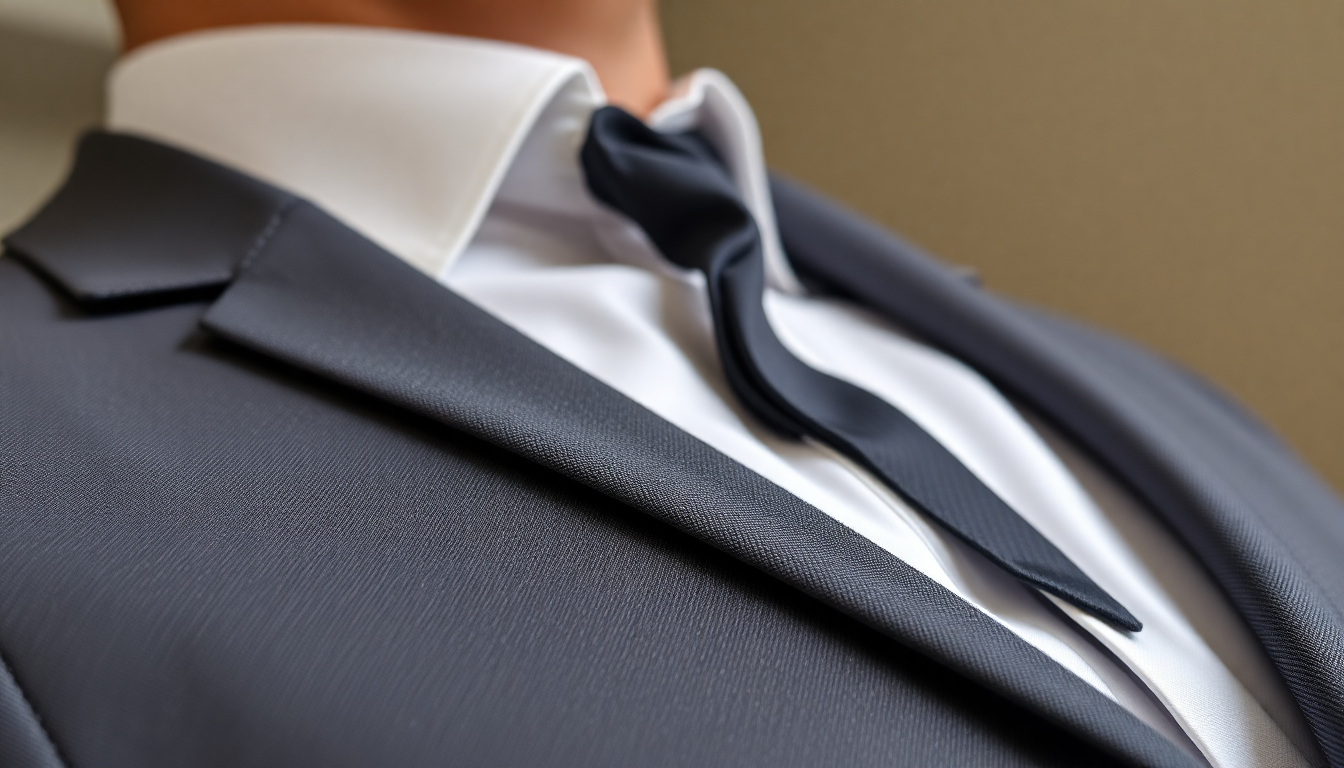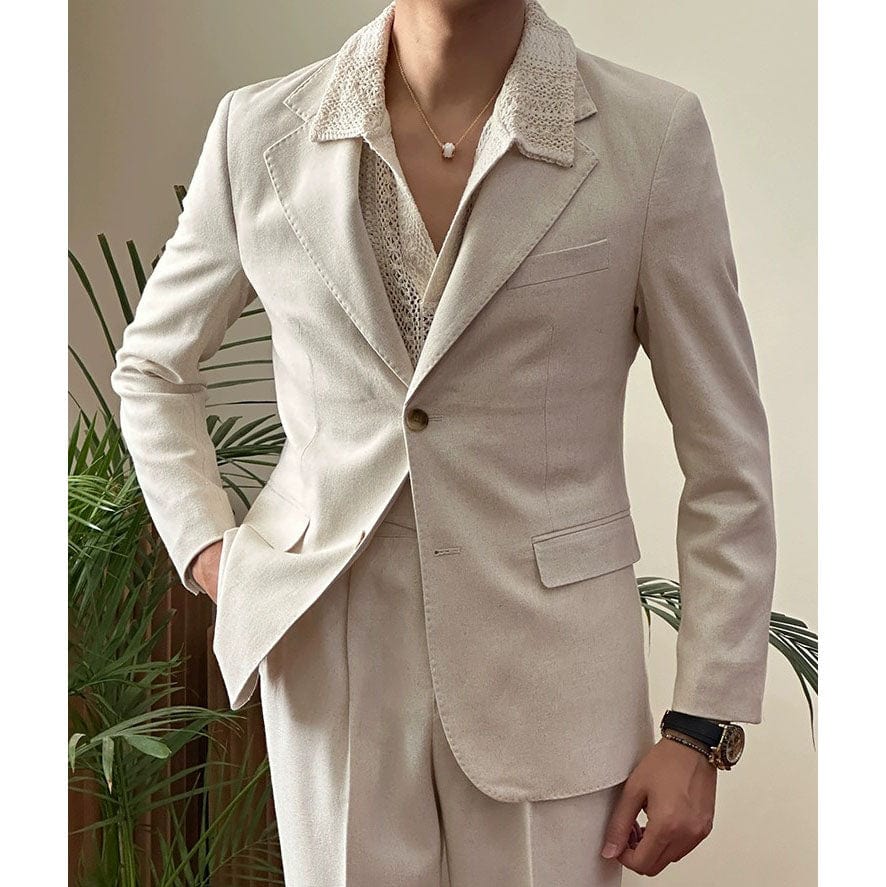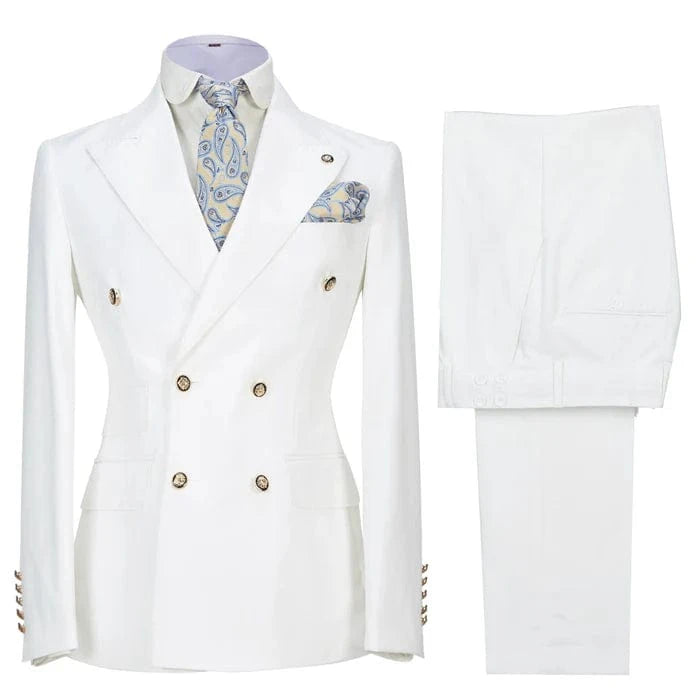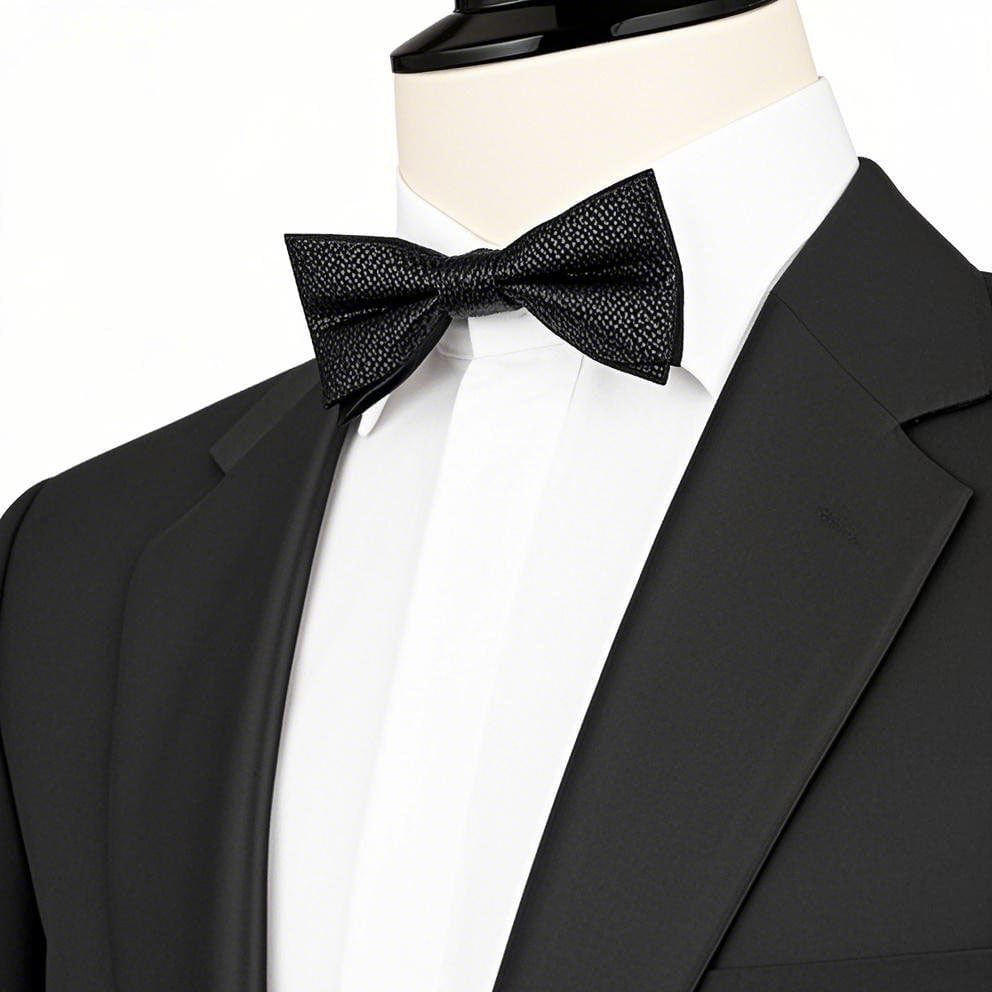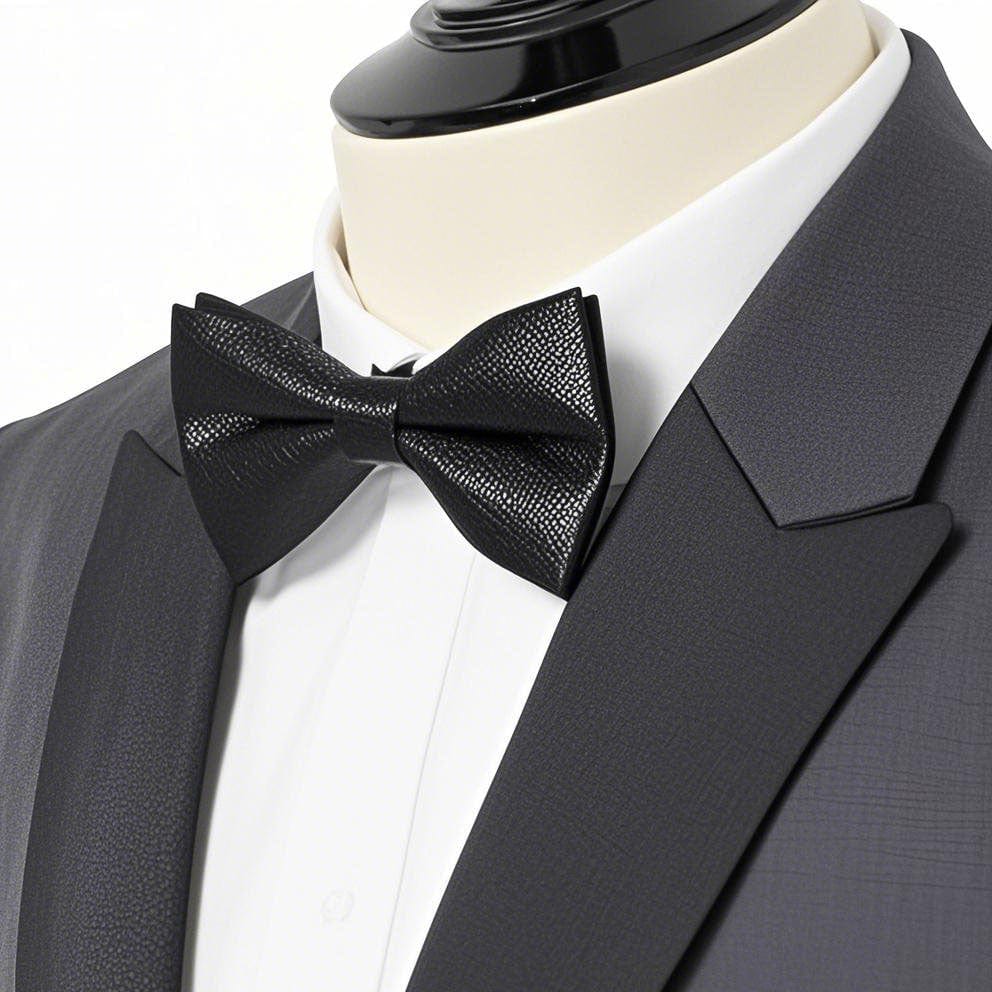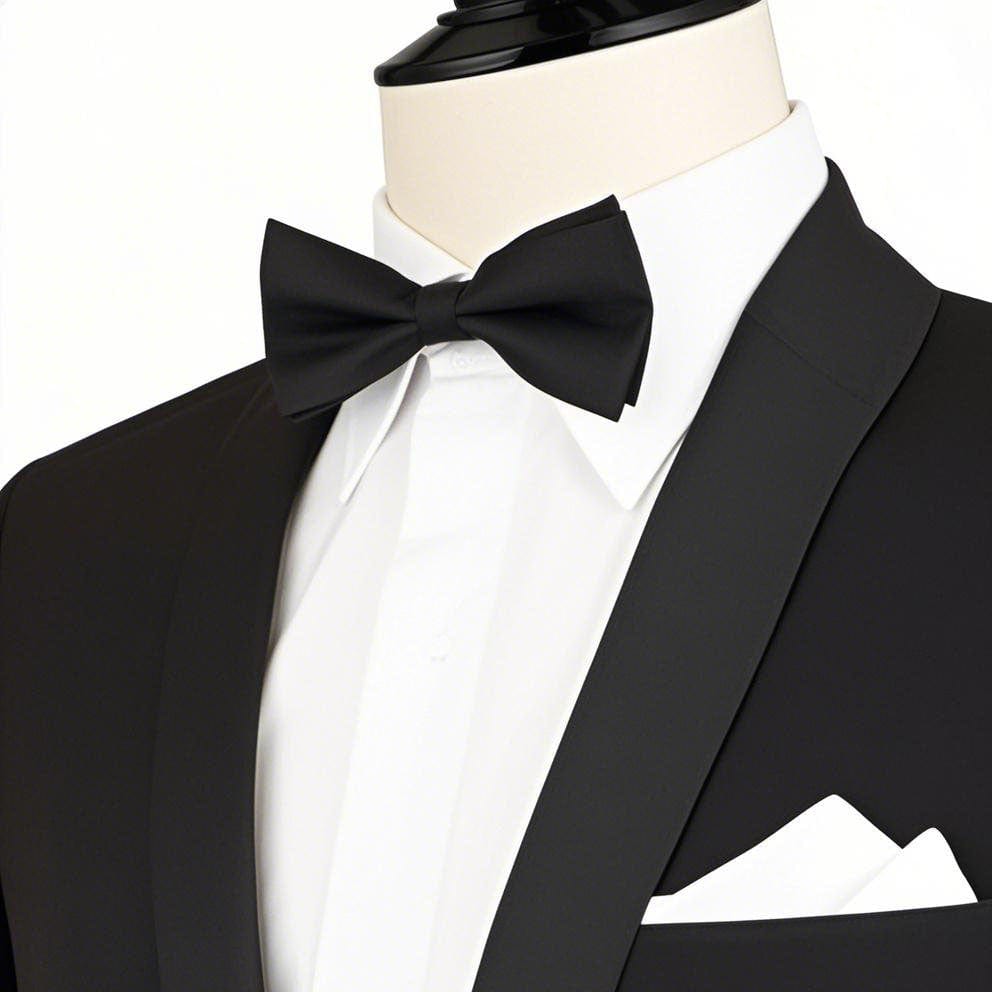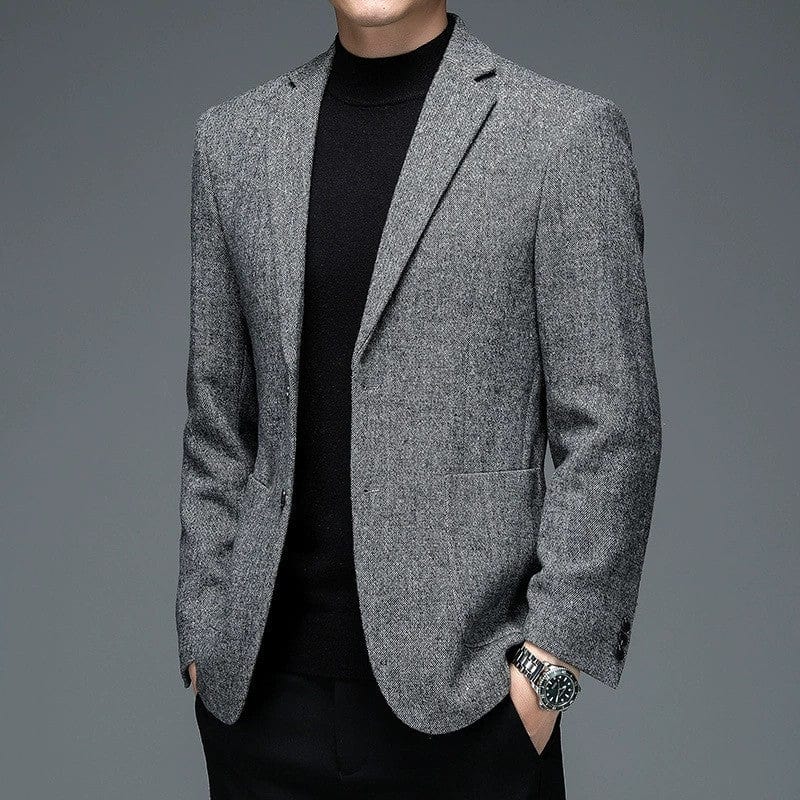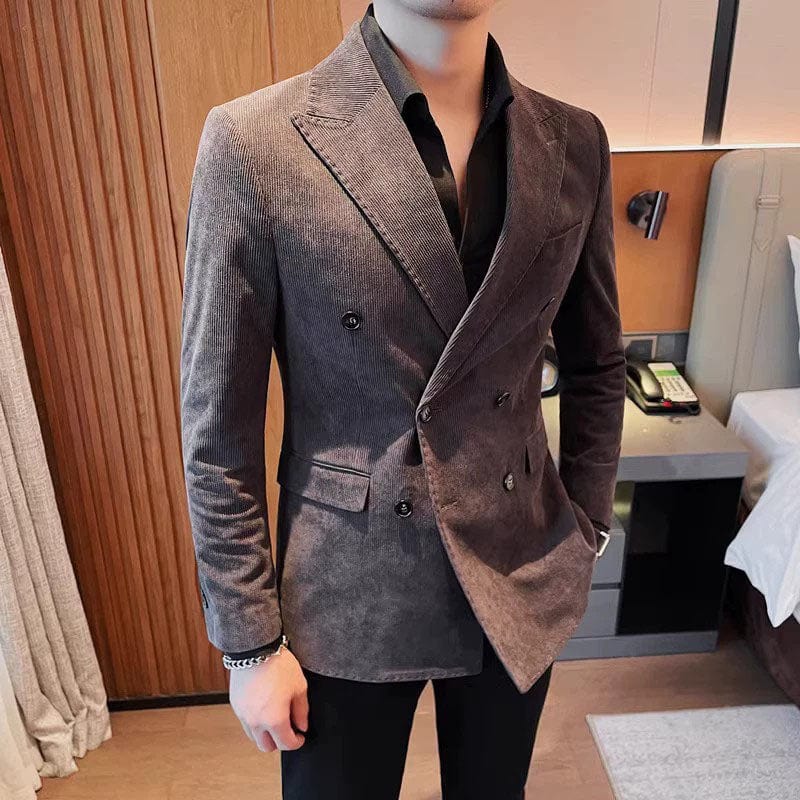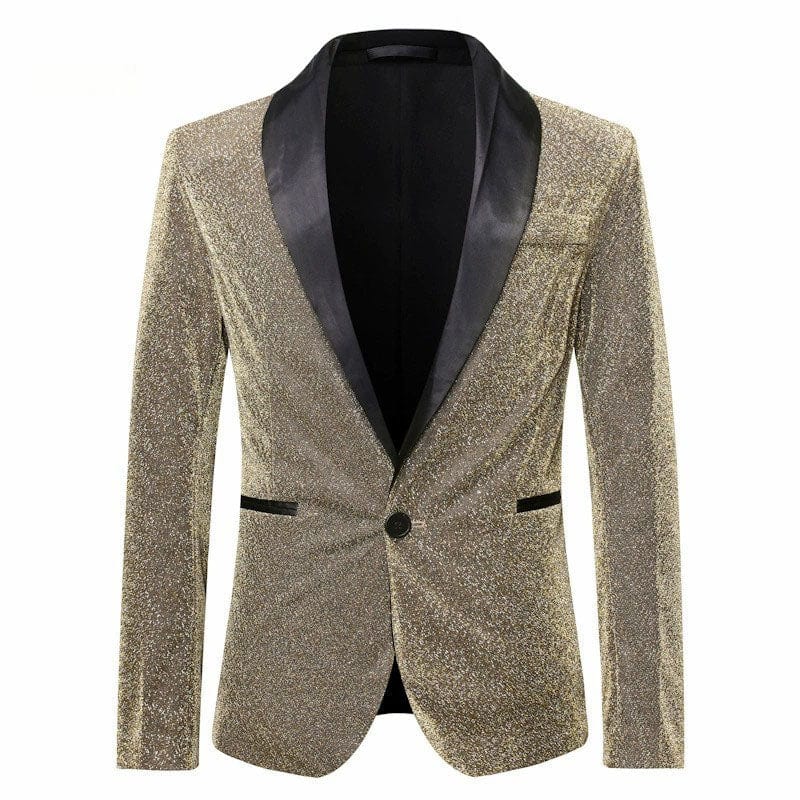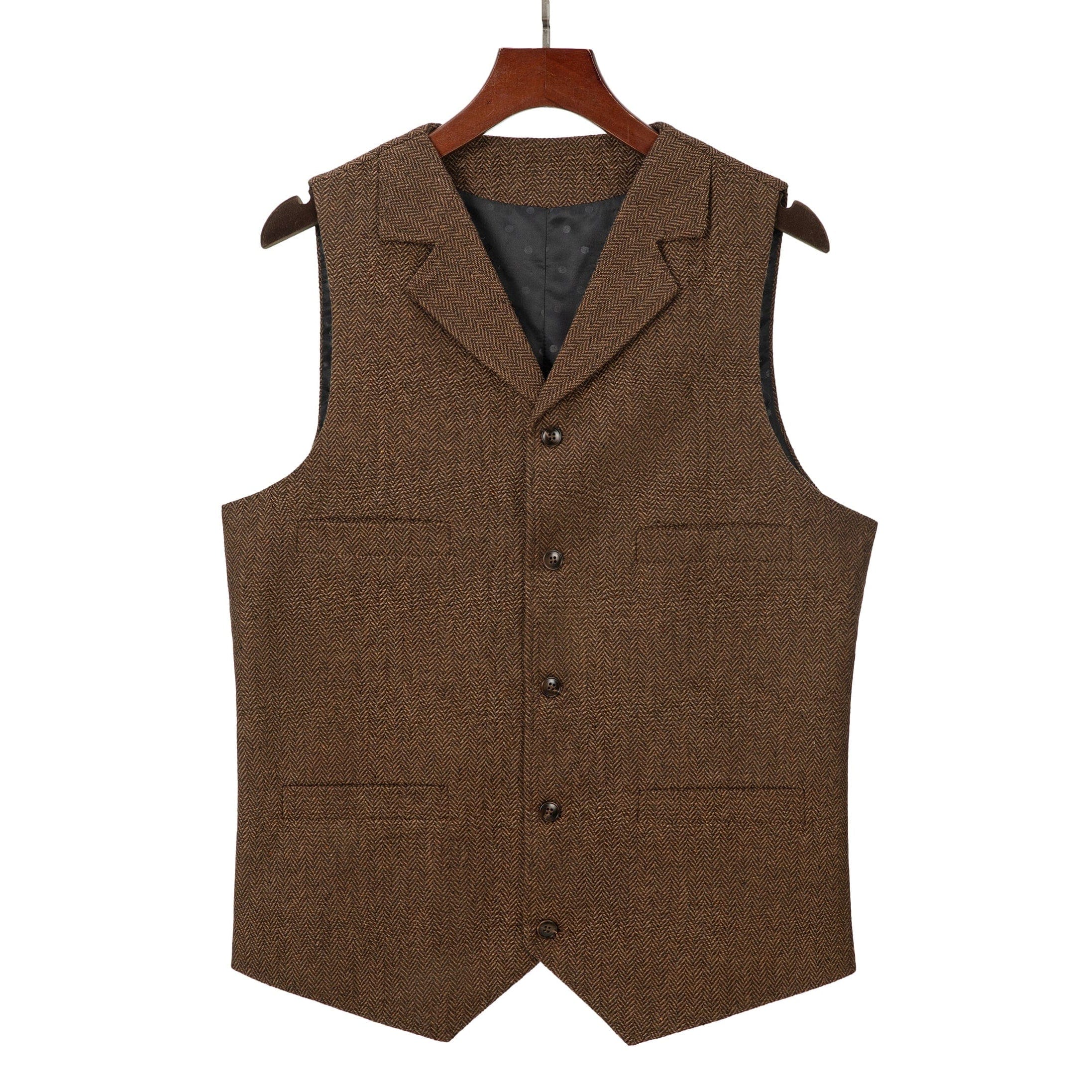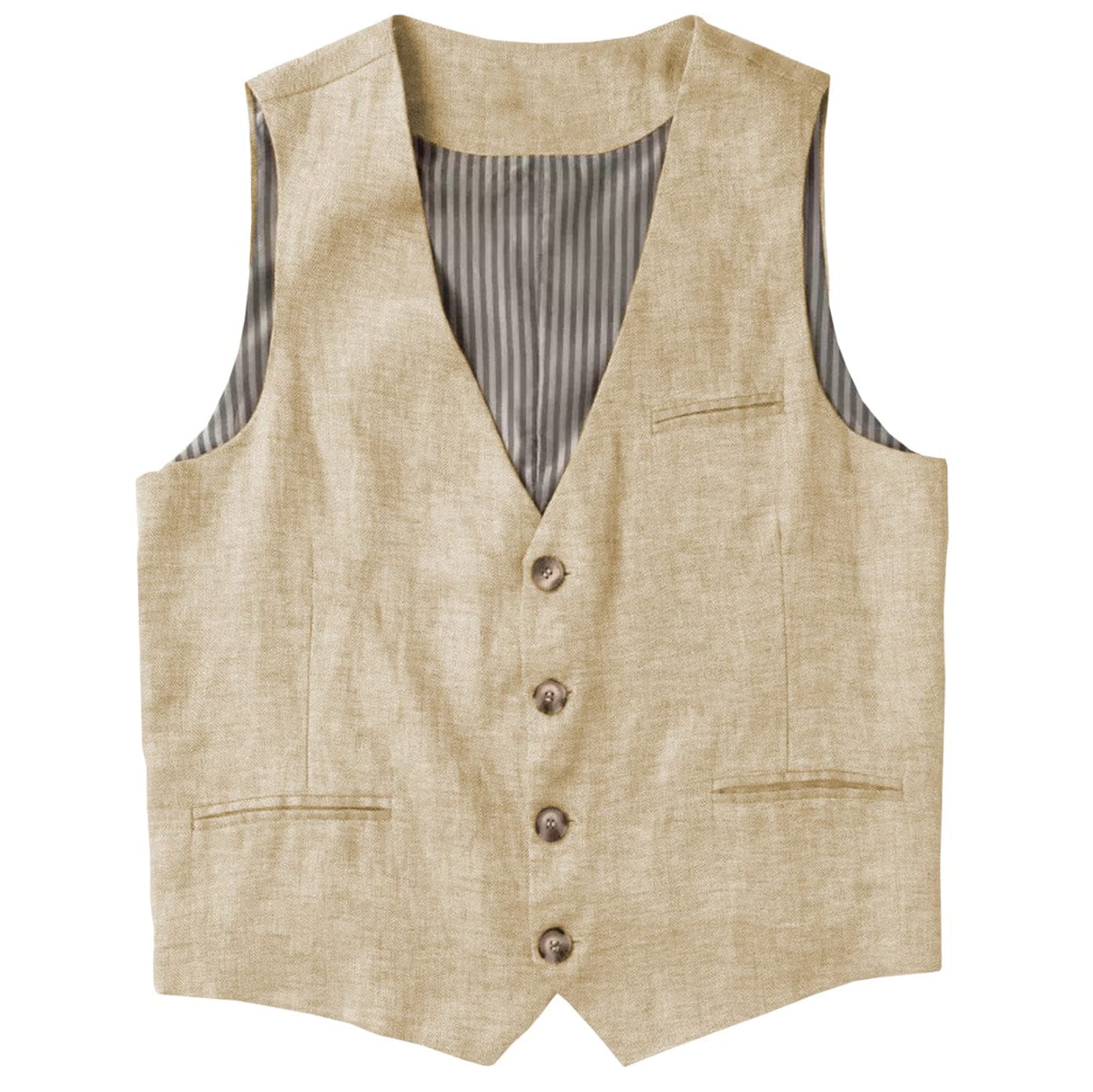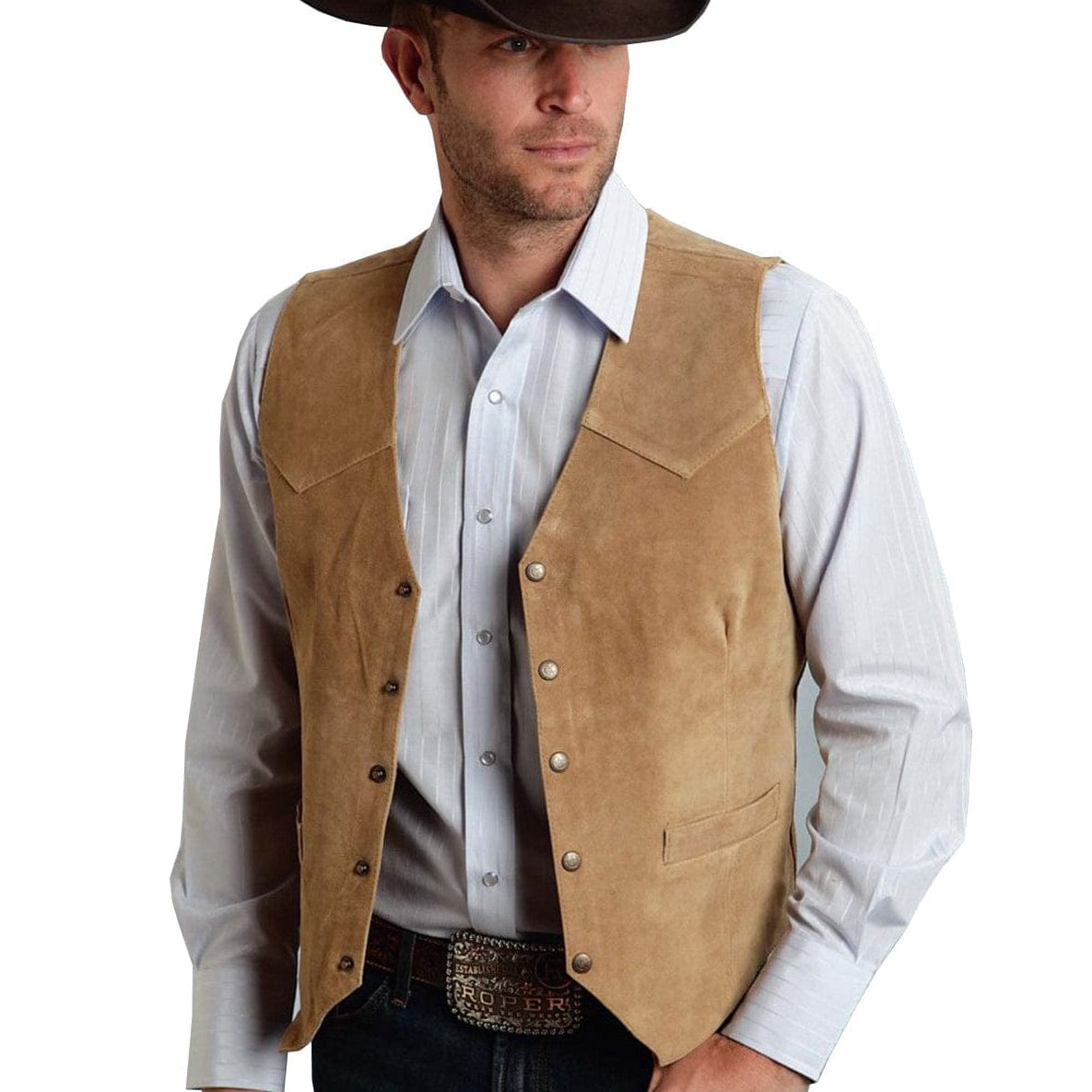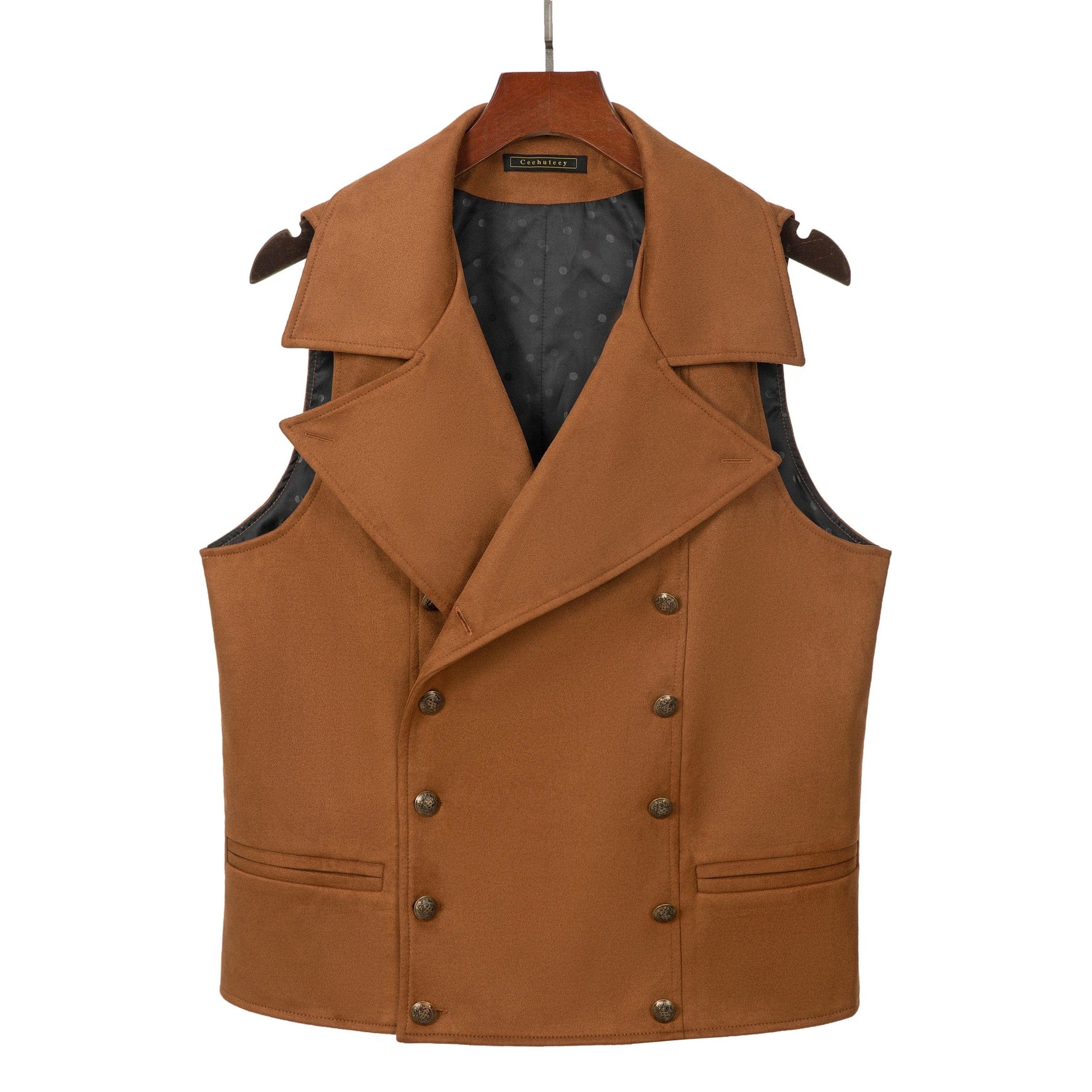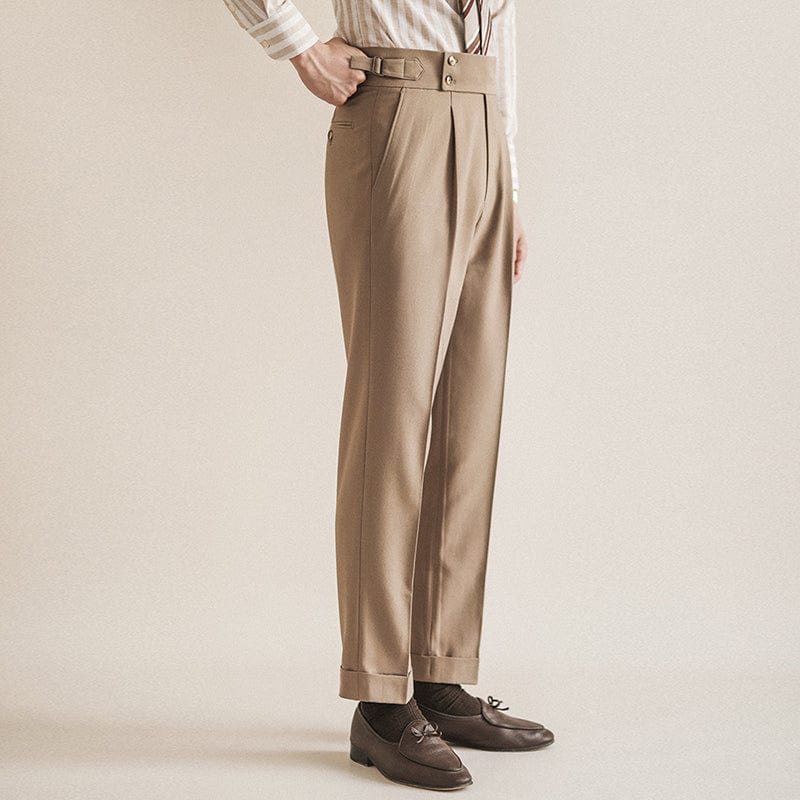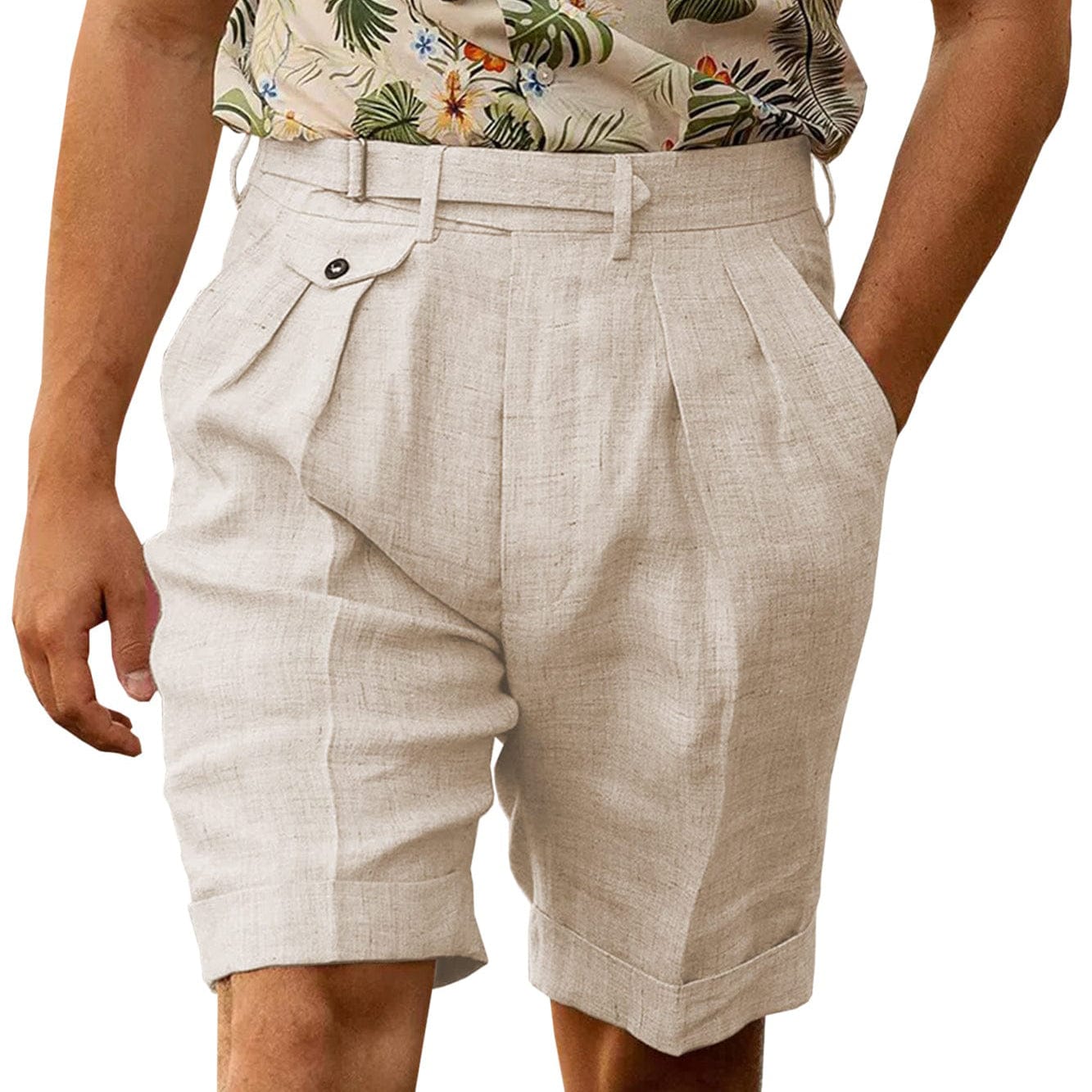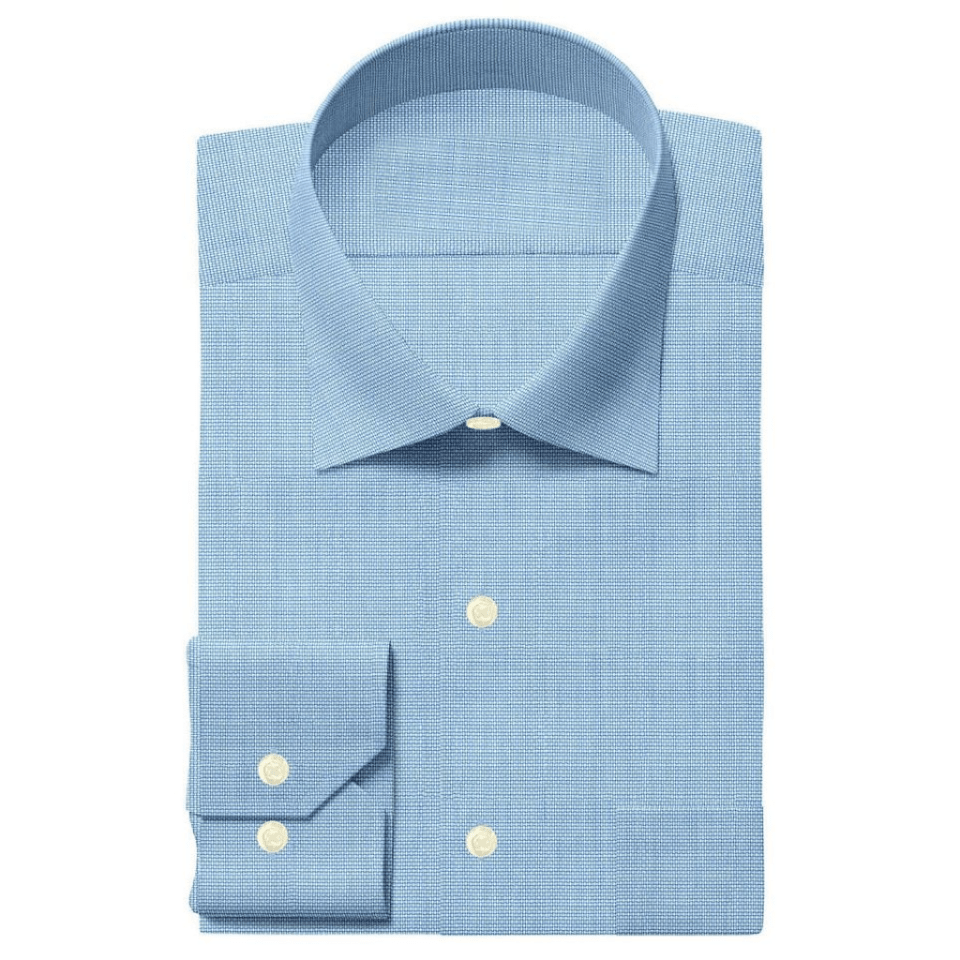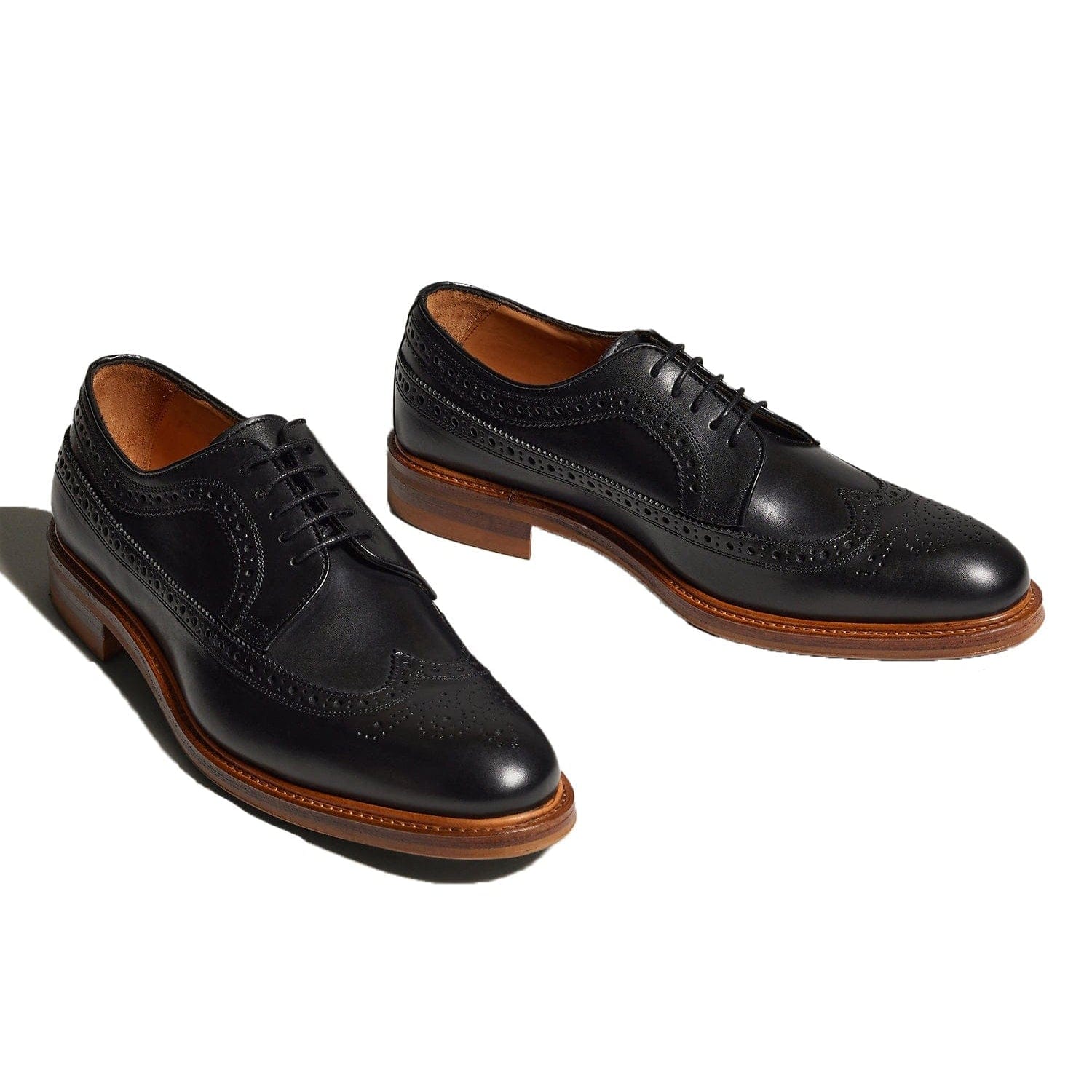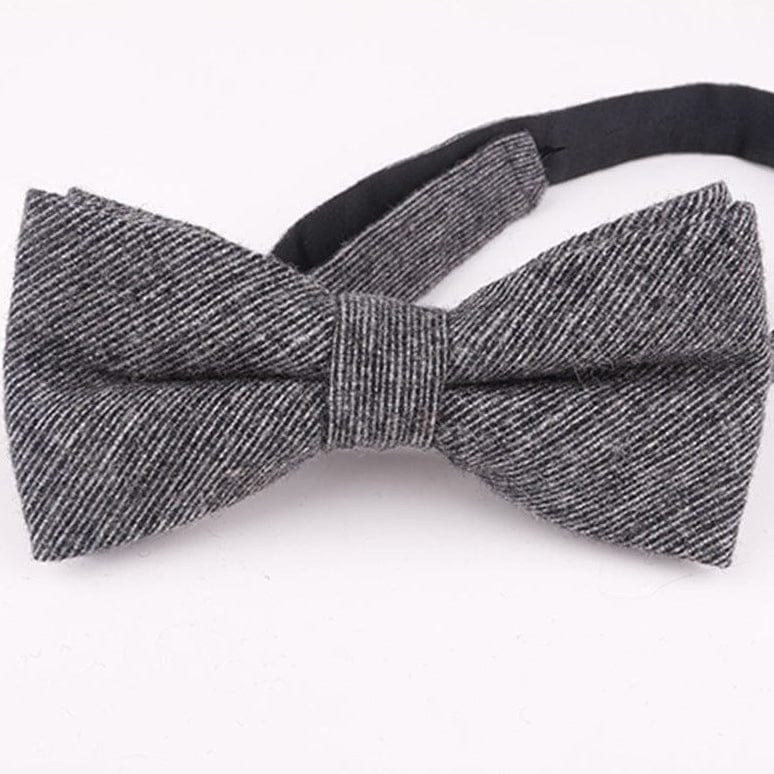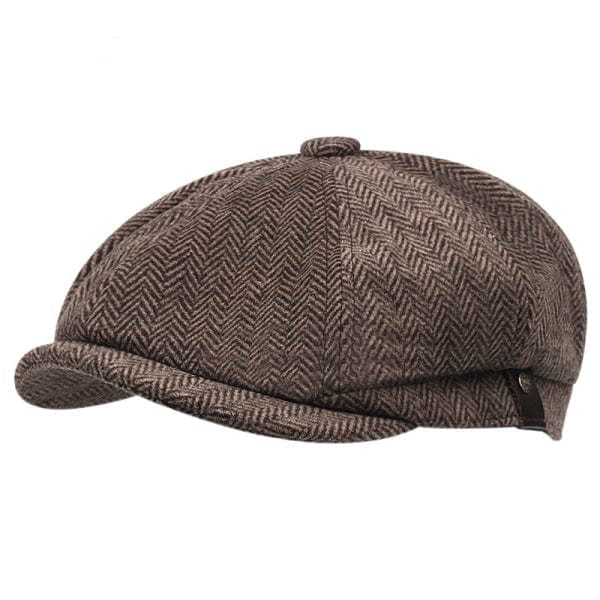Introduction
In the world of men's fashion, the details often make the difference between a good outfit and a great one. One such detail that has become a significant element in tailoring is the buttons on sleeves. Although they may seem like a minor feature, these buttons can greatly influence the overall style and function of a garment. In this article, we will explore the significance of sleeve buttons in men's fashion, the various types available, historical context, styling tips, and how they can elevate your wardrobe.
The Historical Context of Sleeve Buttons
The history of sleeve buttons dates back to the 19th century when they were primarily functional. Originally, buttons were used to adjust the fit of the sleeves, allowing for versatility in style and comfort. As fashion evolved, especially during the Victorian era, buttons became more decorative, symbolizing status and attention to detail.
Today, sleeve buttons are not just utilitarian; they are a hallmark of quality craftsmanship in men's tailoring. The tradition of having buttons on sleeves is particularly prominent in bespoke suits, where every element is tailored to perfection. This evolution from functionality to a style statement has made sleeve buttons an essential aspect of modern men's fashion.
Types of Sleeve Buttons
Understanding the different types of sleeve buttons can help you appreciate their role in men's fashion:
- Functional Buttons: These buttons can be unbuttoned, allowing for a more relaxed fit. Found on bespoke suits and jackets, they offer the wearer comfort and style.
- Decorative Buttons: Primarily for aesthetics, these buttons add visual interest without altering the fit. They can be designed in various shapes, materials, and colors.
- Contrast Buttons: Utilizing buttons in a different color or material can create a striking visual effect. This technique is often used in modern fashion to add flair and personality.
- Shank Buttons: These buttons have a small loop on the back, making them stand slightly off the fabric. They are often used in formal wear to add elegance.
- Stud Buttons: Typically used in tuxedos and formal shirts, stud buttons serve both a functional and decorative purpose, often featuring intricate designs.
The Significance of Buttons on Sleeves
1. Enhancing Fit: Functional buttons allow for the adjustment of sleeve length and fit, providing a tailored look while ensuring comfort and ease of movement. This flexibility is particularly important for men who may have varying arm lengths or prefer a looser fit.
2. Adding Character: Buttons can serve as a focal point, showcasing individuality. Whether it's a unique design or a pop of color, buttons can transform a simple garment into a statement piece that reflects personal style.
3. Symbol of Quality: High-end tailoring often features sleeve buttons as a mark of craftsmanship. A well-placed button can indicate that the garment has been thoughtfully designed and constructed, setting it apart from mass-produced clothing.
4. Creating Visual Interest: Buttons can break the monotony of a solid-colored sleeve, adding depth and texture. This visual interest can make an outfit more engaging and stylish.
5. Facilitating Versatility: The ability to unbutton a sleeve can facilitate versatility in styling. Whether you're dressing up for a formal event or dressing down for a casual outing, the buttoned or unbuttoned look can dramatically change the outfit’s vibe.
How to Style Sleeves with Buttons
To master the art of style with sleeve buttons, consider the following tips:
- Choose the Right Fabric: The material of the garment can affect how the buttons are perceived. Lightweight fabrics such as cotton or linen are perfect for casual looks, while heavier materials like wool or tweed are ideal for formal attire.
- Pair with Appropriate Accessories: Ensure that your cufflinks or watch complement the style of your buttons for a cohesive look. Silver or gold cufflinks can enhance formal attire, while colorful or patterned options can add a playful touch to casual wear.
- Experiment with Colors: Don’t shy away from using contrasting colors that can elevate your outfit. A navy blazer with brown buttons or a light gray suit with dark buttons can create a striking look that stands out.
- Consider the Occasion: The context of your outfit is crucial. For formal events, opt for classic, understated buttons. For casual outings, feel free to experiment with bolder designs.
- Layering: When layering, ensure that the sleeve buttons on your outer layer are visible. This not only adds character but also highlights the craftsmanship of your attire.
Common Mistakes to Avoid
While incorporating buttons on sleeves into your style, here are some common mistakes to avoid:
- Overdoing Patterns: If the buttons are already patterned or colorful, keep the rest of your outfit simple to avoid clashing.
- Ignoring Fit: Ensure that your sleeves fit well, regardless of whether the buttons are functional or decorative. A poorly fitting sleeve can detract from even the most stylish buttons.
- Choosing Inappropriate Button Styles: Match the button style to the occasion. Casual buttons on formal attire can make an outfit look mismatched.
Conclusion
Mastering the art of style involves paying attention to the details, and buttons on sleeves are a perfect example of this principle. By understanding their history, types, and significance, you can use sleeve buttons to enhance your personal style and make a lasting impression. Remember, in the world of fashion, it’s often the smallest details that have the most significant impact. Whether you’re dressing for a business meeting, a wedding, or a casual outing, the right sleeve buttons can elevate your look and showcase your personality. Embrace this subtle yet powerful element of men's fashion and let your style speak volumes.

